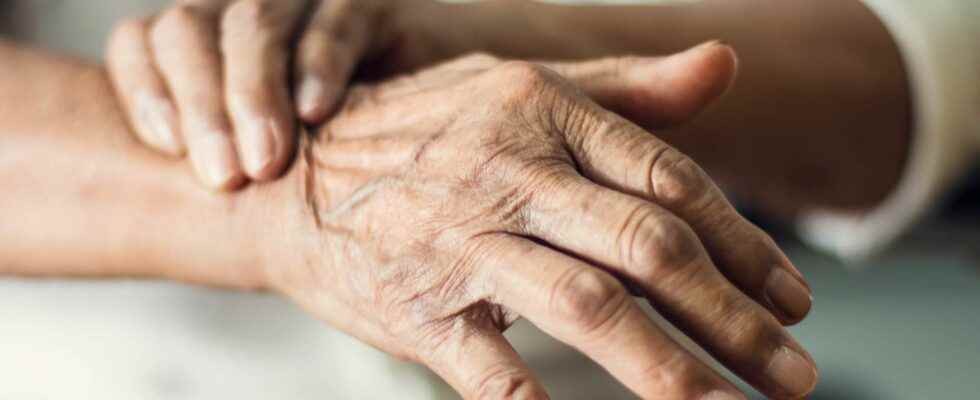Diagnosing Parkinson’s disease as early as possible and without touching patients is the bet of MIT researchers who have designed an artificial intelligence that studies the breathing of patients while they sleep.
Parkinson’s disease is known for the tremors and other movement disorders it causes. But before the appearance of the latter, it is difficult for doctors to diagnose because there are no easy-to-study biomarkers which can testify to the onset of the disease or its evolution. Faced with this problem, a team of researchers from MIT (Massachusetts Institute of Technology) offer their solution: study breathing during the sleep patients and diagnose Parkinson’s disease without even touching them.
” A relationship between Parkinson’s disease and breathing was noted as early as 1817, in the work of Dr. James Parkinson. This motivated us to consider the possibility of detecting the disease from the breath without looking at the movements. “, explains Dina Katabi, researcher at MIT and director of this research work published in Nature Medicine. The observation of the English physician who first described the disease which gate today his name has been tested with a modern tool: theartificial intelligence.
Diagnosing Parkinson’s disease during sleep
The MIT team has developed a device, similar to a box Wirelesswhich sends waves radio in the patient’s room. An artificial intelligence similar to a neural network, as it might exist in the brain, analyzes the reflection of waves in the environment and extracts data on the breathing of the sleeping person. Artificial intelligence can thus follow, every night, the evolution of the patient’s breathing without even touching him.
The device has been tested on more than 7,000 patients, including 757 with the Parkinson disease, with good performance. It diagnosed Parkinson’s disease with a sensitivity of 80.22% and a specificity of 78.62% based on data collected for a single night; if several nights of monitoring are combined, the performance increases by 100%. Artificial intelligence has also been able to differentiate a person with Parkinson’s from one with Alzheimer’s disease.
However, the scope of these results is limited. If the data collected by scientists suggests a strong association between breathing and Parkinson’s disease – an association also observed in other studies – the biological mechanism behind this association is still poorly understood and requires further research. Moreover, Parkinson’s disease is plural, with sometimes atypical manifestations that have not been studied here. This work remains the most ambitious carried out to date on the sleep of people with Parkinson’s, says Ray Dorsey, a researcher on the team affiliated with the University of Rochester. Other studies are needed to confirm that breathing is a good biomarker for diagnosing Parkinson’s disease well before the onset of motor disorders, thus improving the care of the 25,000 people affected each year in France – and some 300,000 others elsewhere. in the world.
Interested in what you just read?
